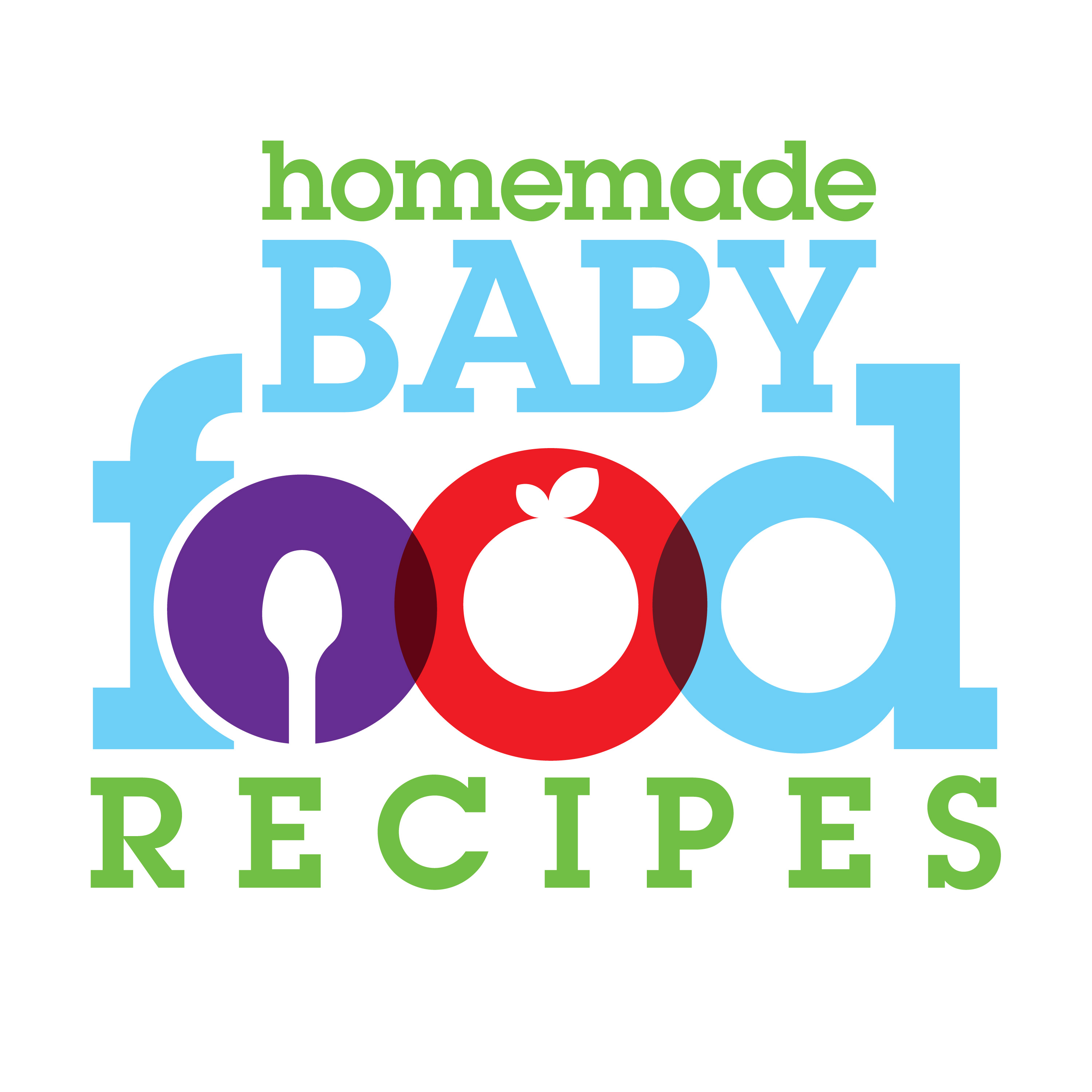Did you ever notice that if you buy a ‘run-of-the-mill’ pack of cheese, it’s often shrink-wrapped in plastic – but if you splash out on a ‘speciality’ cheese it’s usually wrapped in waxed paper?
As any cheese connoisseur will tell you, that’s because plastic wrap can sometimes ruin a perfectly good piece of cheese (so why the stores use it at all is beyond us!).
The most obvious effect of wrapping cheese in plastic is the formation of mould spots on the surface. This is because cheese needs to ‘breathe’, which a tight covering of plastic prevents it from doing.

Safely stored cheese tastes better and lasts longer
According to the American Cheese Society, it’s acceptable to cut away any mould that appears, along with 1/2 an inch of the cheese below it, then safely eat the rest (although we’d recommend saving it for the adults and not giving any to baby in this situation, just as a precaution).
But please note that this advice does NOT apply to soft cheeses like Ricotta or Brie – mould can spread through them very quickly. In other words, if your soft cheese looks mouldy… throw it away!
But mould isn’t the only problem – the flavour of plastic-wrapped cheese can be affected, too, because the odours produced by the naturally occurring bacteria in the cheese have nowhere to go and are absorbed back into the cheese.
Another issue – perhaps even more significant to us parents trying to avoid undesirable chemicals in our babies’ food – is that cheese may take on the smell, flavour and even the chemicals contained in the plastic wrap.
Cheese, of course, has a high fat content – and it’s fatty foods that tend to absorbs the chemicals from certain plastic wraps more easily.
So how should you store cheese to ensure that it’s perfectly safe for use in your homemade baby food recipes AND tastes delicious?
Top Tips for Storing Cheese
- If you buy cheese from the store that’s wrapped in plastic, open it when you get home and wrap it in waxed paper instead.
- Cheeses like Cheddar and Jack should be fine wrapped in just waxed paper – but very hard cheese like Parmesan might dry out. The solution is to wrap them first in waxed paper, then loosely place plastic wrap around the entire package.
- Fridges tend to be rather a dry environment to store cheese, but to keep the drying effect to a minimum, place your cheese in the produce drawer, which is actually the warmest part of the fridge.
- It IS possible to freeze cheese, but it totally changes the texture (it gets very crumbly) and sometimes the taste. We only recommend freezing cheese if you plan to use it for cooking. However, it is fine to freeze any baby food dishes that you cooked with cheese as an ingredient, as the taste won’t be affected.
- If your cheese looks deep yellow – or even pinkish – in colour, then it’s probably spoiled to the extent of being unsafe for anyone to eat and should be thrown away. If cheese is slimy, it may just be the effect from being wrapped in plastic – but if in doubt, discard it!
- To make sure that the cheese you use in your homemade baby food recipes is as fresh and tasty as can be, then simply buy it often, but in small quantities. That way, you’ll avoid having to store it for long periods of time… and you’ll avoid the problems associated with doing so!
